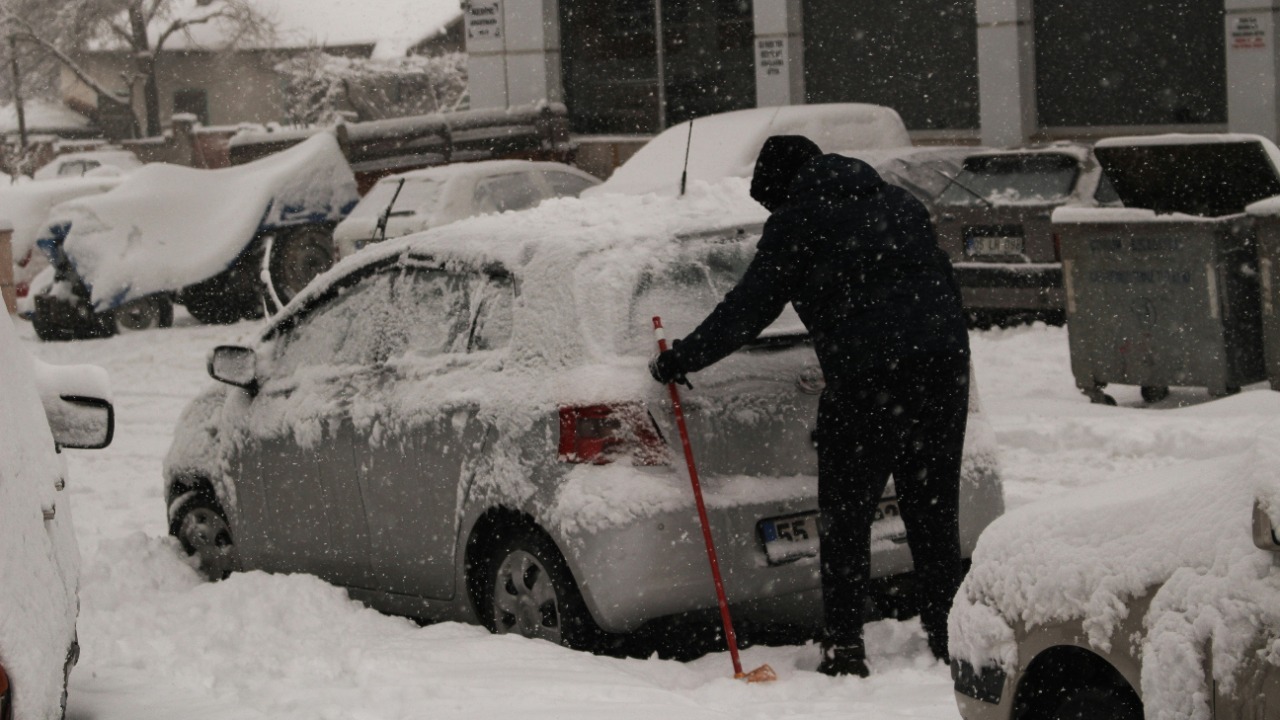
As winter storms continue to surprise areas like Florida, drivers are exploring innovative ways to clear snow from their vehicles. One such method, using a leaf blower, has been gaining traction due to its potential to remove snow without scraping or causing damage. But does it really work? Let’s delve into the mechanics, expert insights, and practical considerations of using leaf blowers for snow removal.
Feasibility of Using Leaf Blowers for Car Snow Removal
Leaf blowers are designed to generate substantial airflow, which can effectively dislodge fresh, light snow from car surfaces without physical contact. This is particularly useful for avoiding scratches that can occur with traditional scraping methods. However, when it comes to heavier or packed snow, leaf blowers may struggle to perform as efficiently. In such cases, traditional tools like scrapers or brooms might be more effective. As highlighted in a PNJ article, removing snow from cars is crucial for safe driving, making it important to choose the right tool for the job.
Expert Insights on Leaf Blower Effectiveness for Snow
According to a 2022 expert consultation, leaf blowers can indeed be effective for snow removal on cars, especially cordless models with high CFM (Cubic Feet per Minute) ratings. However, the effectiveness can vary based on the airflow speed and the type of snow. Experts recommend testing the leaf blower on small areas first to gauge its effectiveness. It’s also crucial to be mindful of potential damage to vehicle paint or seals. As the expert interview suggests, using the right model and technique can make all the difference.
Benefits of Leaf Blower Snow Removal on Cars
Using a leaf blower for snow removal comes with several benefits. For one, it can save time by quickly clearing windshields and roofs, which can be a tedious task with manual scraping. Additionally, it reduces the need for chemical de-icers that can potentially harm car finishes. In fact, a Homes & Gardens piece lists snow clearing as one of the clever hacks for leaf blowers, highlighting its versatility.
Potential Risks and Safety Considerations
While leaf blowers can be handy for snow removal, they also come with potential risks. For instance, blowing snow can inadvertently end up in your eyes or on nearby vehicles, making protective gear a necessity. Prolonged cold-weather use can also strain the engine or battery, necessitating regular maintenance. Furthermore, leaf blowers can be quite noisy, so it’s important to check local noise ordinances to avoid causing disruption in residential areas.
Step-by-Step Guide to Using a Leaf Blower on Your Car
When using a leaf blower for snow removal, start by selecting a model with at least 400 CFM. Begin from the top of the vehicle and work your way down, ensuring even snow distribution. Avoid directing blasts on delicate areas like mirrors. After use, inspect the vehicle for any residue and warm up the car engine to prevent any potential damage.
Alternatives and Complementary Methods
While leaf blowers can be effective for light snow, traditional tools like scrapers or brooms may be preferable for heavier snow. For icy buildup, consider combining the leaf blower with warm water or de-icer sprays. As the 2025 PNJ reporting suggests, understanding the nature of the snow can help in choosing the right removal method.
Broader Winter Applications for Leaf Blowers
Leaf blowers aren’t just for cars or leaves. They can also be used for clearing driveways or sidewalks, making them a versatile tool for winter. Another surprising hack is using them to dry wet cars after washing. As a Popular Mechanics article points out, leaf blowers can ease multiple winter jobs, making them a handy tool to have around.
More from MorningOverview